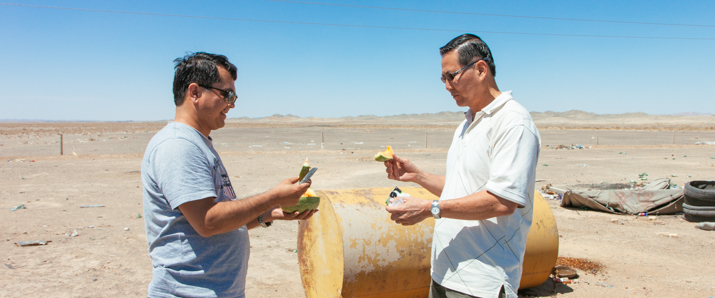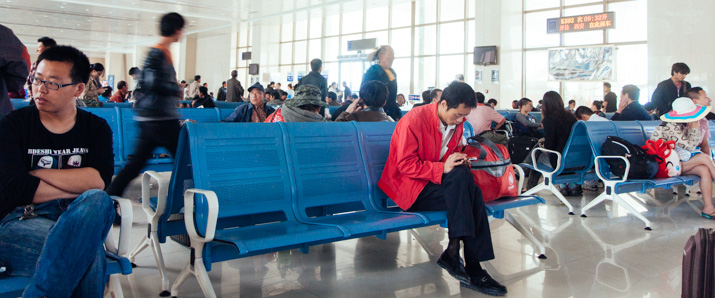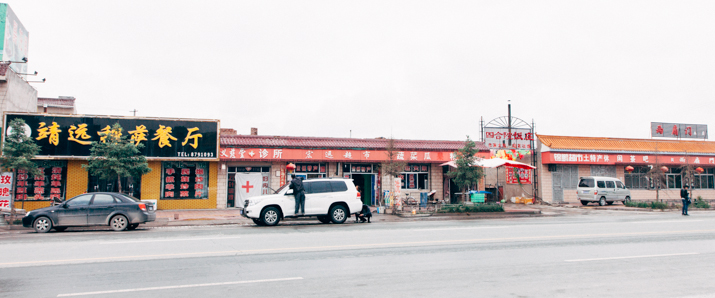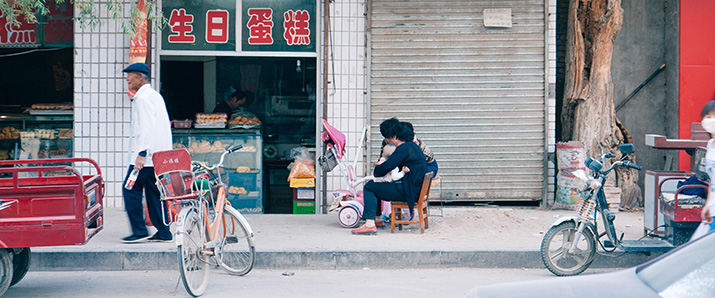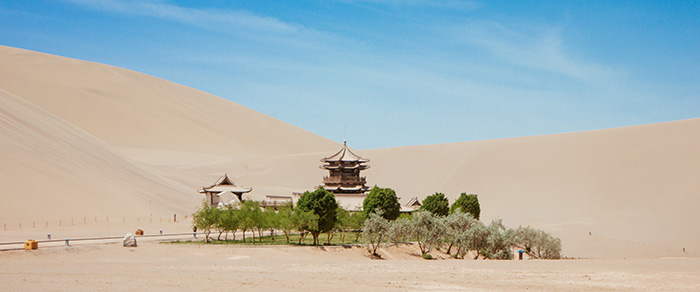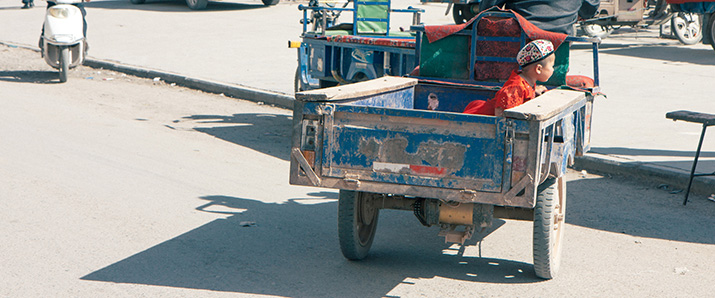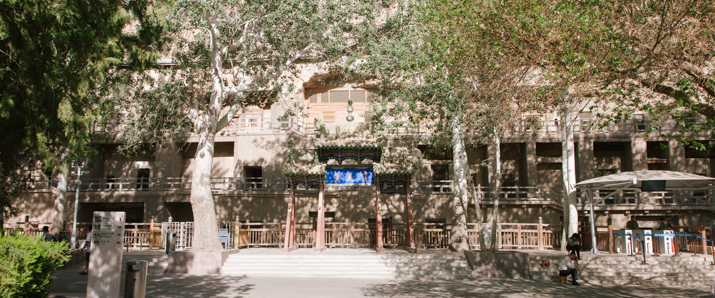The Evolution and Popularity of Guan Yin, the “Goddess” of Mercy
The image of Guan Yin is recurrent throughout the grottoes, being one of the most popular bodhisattvas to whom the Chinese feel an affinity with even to this day.
Draped in pure white robes, her soft facial features are a picture of serenity, although her body is vaguely masculine in shape. Having begun as the male god Avalokiteśvara from India, the Chinese people feminised his appearance as Buddhism filtered in via the Silk Route.
This was in association with the more “Yin” or feminine traits of kindness, mercy and compassion in Chinese philosophy, which the bodhisattva represented.
Her androgynous status is a non issue for Buddhists, for she supposedly adopts the most suitable form required in her quest to reach out to the needy.
Her popularity with Chinese ideology has gained her a place as a deity in the Taoist pantheon as well, where her background story differs.
Buddhas of Three Times
There were three buddha statues in some caverns that formed a bonded group to represent the past, present and future. Their calm, cross-legged posture and signature hand formations reminded me of being in a yoga class.
Shakyamuni, also known as the Indian prince Siddhartha Gautama, sits in the present middle. He was the one who taught Buddhism as it is known today, and is commonly referred to as simply “Buddha”.
To his right sits Dipamkara, the first of the eighteen buddhas preceding Shakyamuni. He is commonly used to represent the collective past.
Maitreya sits on the other end of the spectrum, coming after Shakyamuni to represent the future. He currently resides in “Tushita”, the Joyous Realm, in the second tier of the four celestial heavens.
Buddhist Uygurs of the Past
The Uygur people of today are well recognised as Muslims who mostly reside in the far, forgotten reaches of western China. Yet, their ancestors had a long and rich religious history, beginning from shamanism and animal worship coupled with a nomadic lifestyle, before an influential period in Manichaeism and Buddhism, when their lifestyles grew more sedentary.
The Uygur kingdom was a powerful one during the thriving years along the Silk Route, and royal marriages were sealed with the Chinese. In fact, due to the route of entry, Buddhism first reached the Uygurs before it gained access to the heartland of China, where it is popular to this day and age.
Paintings of Uygur princesses clad in Chinese wear and worshipping Buddha in serenity can be spotted on some cavern walls, a fine specimen of history recorded through casual art.
Part 1 can be found here: A Thousand Years in the Mogao Grottoes: #1
Part 2 can be found here: A Thousand Years in the Mogao Grottoes: #2
Part 3 can be found here: A Thousand Years in the Mogao Grottoes: #3
Part 4 can be found here: A Thousand Years in the Mogao Grottoes: #4
Part 6 can be found here: A Thousand Years in the Mogao Grottoes: #6
Interesting Reads:
1. A History of Uighur Religious Conversions (5th – 16th Centuries) (Asia Research Institute, National University of Singapore) – http://goo.gl/V4xcpy
2. Cave Temples of Mogao: Art and History on the Silk Road (Roderick Whitfield, Susan Whitfield, Ieville Agnew) – http://goo.gl/FLhQ65
More from china
Writing
The Passage to Lanzhou: #1
Writing
The Passage to Lanzhou: #2
Writing
An Observation on Chinese Culture: Part 2
Writing
A Thousand Years in the Mogao Grottoes: #4
Photography
The Crescent Lake of Mingsha Shan
Photography
The Rich Silk Route History of Turpan: Part 1
Writing
A Day in Urumqi
Writing
A Thousand Years in the Mogao Grottoes: #1
Writing
A Thousand Years in the Mogao Grottoes: #6

